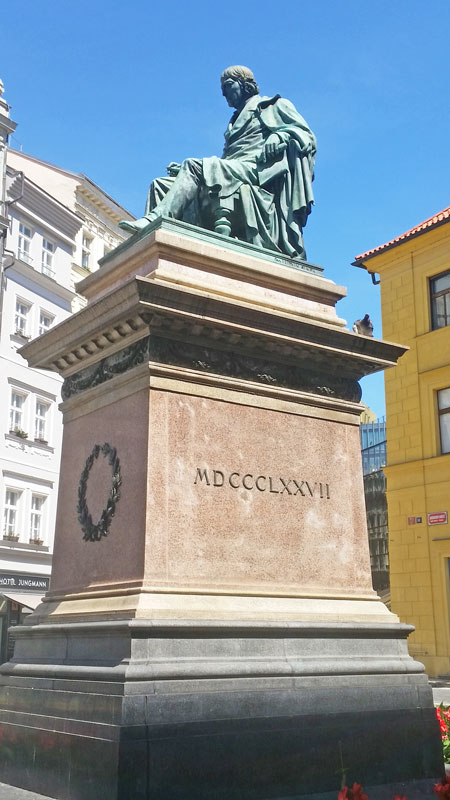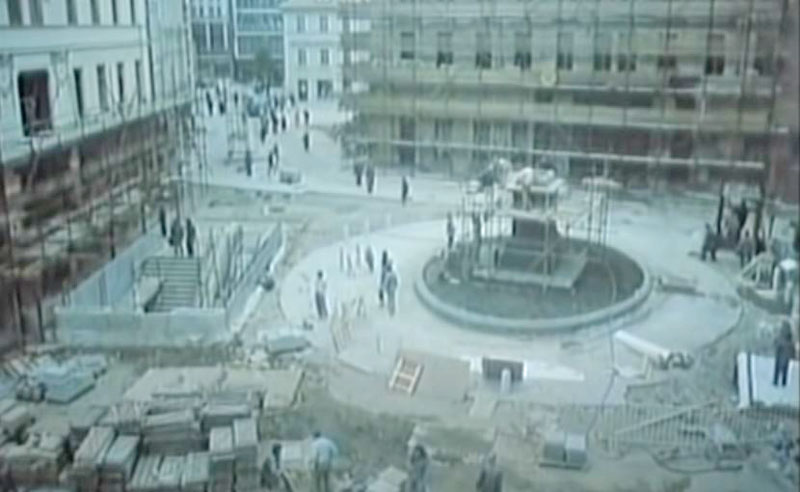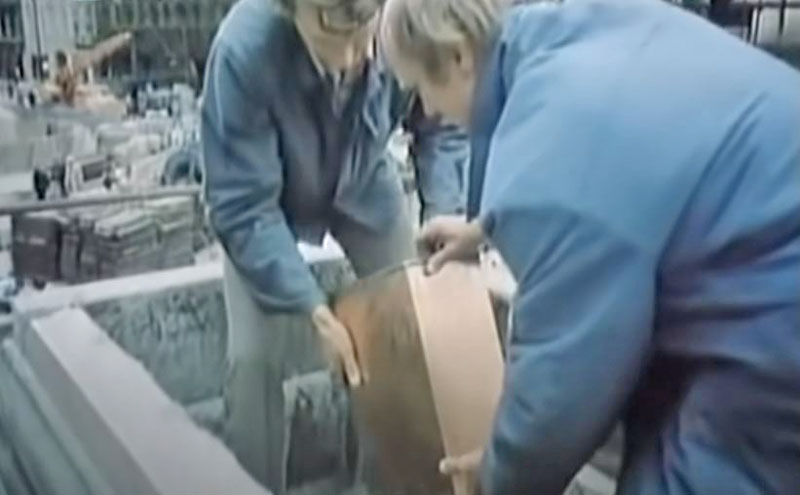Famous Czechs – Josef Jungmann
One of those hugely influential people that often gets no more than a paragraph in a guidebook. On this post I’ll explain who he was, what he is famous for, why they picked that spot for the statue and a little secret. The Josef Jungmann statue is on the route of my Prague City Walking Tour.

The Background
Since the late 13th Century there had been an influx of German speakers into Bohemia and Moravia so much so that the Czech Estates devised the Czech “Language Act” of 1615. In short it said 1) if you come here you and your family have to speak Czech and 2) if you don’t speak Czech we can kick you out. There were other points but you get the idea.
Unfortunately in 1618 the Thirty Years War began and that ended with the winners being the German speaking Austrian Empire so over the next 150 years German replaces Czech as the National language of administration. There is no compulsory education but the Czech language continues to be taught by Jesuits.
The Czech National Revival Begins
In a shockingly simplistic view and segue between the Thirty Years War and Josef Jungmann we have to mention Josef Dobrovsky. Born 30 years before Jungmann, Dobrovsky carried the flag for the creation of Slavic Studies in a region dominated by German. We can say that Dobrovsky and his book “Czech Grammar” based on his knowledge of any and all Slavic languages formed the basis of the modern Czech language. But this was at an intellectual level or so-called “Slavic Consolidation” period to stop the language becoming extinct, it needed somebody else to bring it to the masses.
Josef Jungmann
He was born in 1773 in a small town called Hudlice close to Beroun and like many Czech intellectuals of the time he was born into a large and somewhat poor family, but still a bi-lingual family (Czech/German). In some ways Josef Jungmann was fortunate to be born at this time, late in the reign of King Josef II who introduced compulsory education into his lands. So not only did Josef Jungmann get the chance to go to school, he excelled at the Piarist School in Beroun before enrolling at the Piarist Grammar School in Prague where he studied between 1792 and 1799 (the Piarists took over teaching of the Czech language after the Jesuits were expelled in 1773). Having already learned German and spoken Czech it was here that he was introduced to the finer aspects of the Czech language plus English and French.
There now begins a second period of National Revival from around 1800. This is not just seeking to rescue the language but to actively promote its use in everyday life and is frequently called the “Offensive” period. In Josef Jungmann’s first teaching job he teaches Czech but he is not paid for this work because Czech was not a recognised educational language at that time. Josef Jungmann returned to Prague as a married man in 1815 to become prefect at the Academic Grammar School (fun fact: my daughter attends that school) and his apartment was at Široka 749/32 (New Town, not the one in the Jewish Quarter). At this point Josef Jungmann is already a linguist, teacher, translator and writer. It’s in this period that he translates Milton’s Paradise Lost into Czech.
In 1825 he produced the History of Czech Literature (no mean feat given that practically nothing had been written in Czech for the previous 200 years). His final piece of work was the 5-volume Czech-German dictionary published between 1834 and 1839. Whereas Josef Dobrovsky had written the rules of the language, it was Josef Jungmann who made it possible for German-speaking Czechs to learn it again. He was rector of the Charles University in 1840 and eventually died in 1847.
This was not a one-man-band revival. The Arts, Culture, Literature, Science, Music were all being represented by characters just as famous as Josef Jungmann. As Dobrovsky had been the foundation for Jungmann, so Jungmann would be the foundation for the final stage of the Czech Nationalist Revival and a man called Frantisek Palacky.
The Statue

In 1862 Frantisek Palacky started “Svatobor”, a charitable organisation to help living writers and also to memorialise deceased writers. In 1877 Josef Jungmann was recognised. The street where he had lived “Široka” was renamed Jungmannova. The former Franciscan Square at the end of the road was also renamed in his honour and was to be the site of the statue. He is in a seated position in bronze on top of a granite pedestal.
The Secret


Pretty much a 100 years went by and in the late 1970s work was starting on the Metro B line and specifically the Mustek station which meant that for a few years the statue of Josef Jungmann was removed while the street works took place. It was replaced in 1985 but before the statue was re-installed the authorities took the opportunity to leave a time capsule in the pedestal. It contains some of the original Svatobor paperwork from 1878 relating to the statue, a plaque from the opening of the metro B line, a copy of a daily paper and coins from 1985.
Something Related or a Few Minutes Away
Attraction – Havelska Street Market
Churches – ST Martin in the Wall
Parks and Gardens – Franciscan Garden
Food and Drink – Jidelna Svetozor
